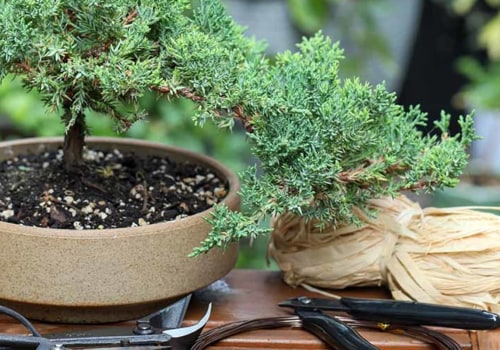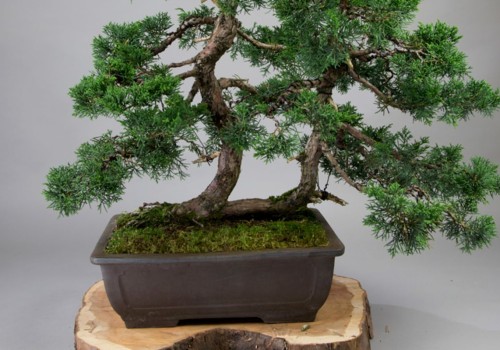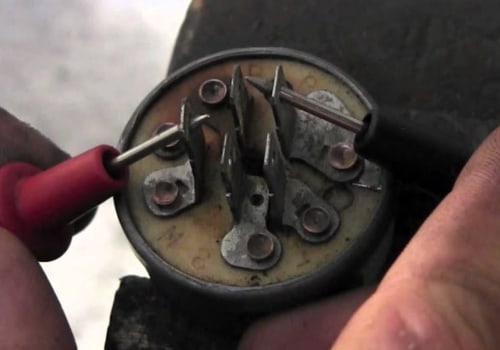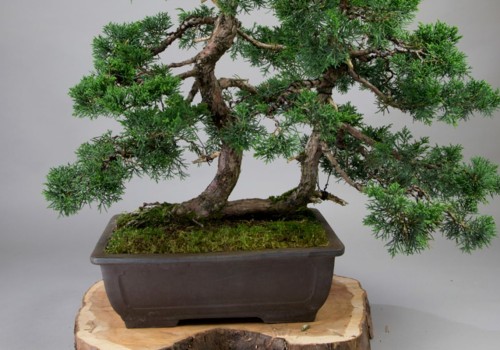Caring for a bonsai is not as difficult as it seems. However, since bonsai are planted in small pots, there are some basic guidelines for placing, watering, and transplanting trees. The process of growing a bonsai is not much different from growing a normal tree. If you've ever grown a plant, indoors or outdoors, you're familiar enough to be able to maintain a bonsai.
The key factors are water, sunlight, soil, and other fertilizer additions. These are vital to the cultivation of any plant and bonsai are no exception. Indoor bonsai trees are sensitive and very delicate. They need special attention , pruning and tree trimming.
Growing and caring for bonsai can be a daunting task. Bonsai growers need to know the basics of bonsai care to avoid a mess in their bonsai project. It is possible to grow bonsai indoors. The important thing is that it provides all the necessary elements to survive in an indoor environment.
By providing the right amount of light, humidity and temperature, as well as water and fertilizer, you can grow a healthy bonsai indoors. You'll also want to know the basics of growing bonsai and how to avoid stupid mistakes that could cost you or your tree. Bonsai stores sell premixed soils, but you can also create your own to save money and adjust the mixes by species of bonsai tree. You can also use coconut brushes to sweep dirt surfaces, tables, shelves, tools, bonsai logs and Nebaris.
Taking care of your bonsai outdoors isn't difficult, but it's necessary to keep it healthy and happy for years to come. There are important factors to consider when watering bonsai, such as the weather, the species of bonsai trees, and the size of the bonsai. Because a bonsai is placed in a small pot, it is necessary to fertilize the bonsai regularly to ensure that it continues to receive all the essential nutrients. Selecting the right pot for your tree and decoration is one of the first and most important steps in setting up bonsai.
Bonsai also need to prune their older, more robust branches regularly, and this can be done with branch cutters. Pruning branches encourages the growth of smaller branches and allows you to control the shape of your tree. Other bonsai species popularly grown indoors include Carmona (Fukien tea), Crassula (jade), sageretia (sweet plum), Schefflera Arboricola (Hawaiian umbrella). If you live in a humid climate, you can add more sand or lava rock to help improve the water drainage qualities of the bonsai soil mix.
First, you need to understand that a bonsai is just a regular tree that has been planted in a small pot. Something related to the previous point, one of the biggest problems with maintaining bonsai is the water needs it has. When it comes to the Japanese art and science of bonsai, it uses masterful and careful techniques of pruning, training and care, creating a miniature version of a wild, yet naturally realistic and beautiful plant tree. When it comes to the inorganic components of bonsai soil, they contain little or no organic matter such as volcanic lava, cooked calcite or cooked clays.
Bonsai that are tropical tree species require relatively high temperatures, which is the same temperature as the standard room temperature of a living room.
AAA - Tree Lopping Ipswich43 Omar St, West Ipswich QLD 4305, Australia
+61734850725




Leave a Comment